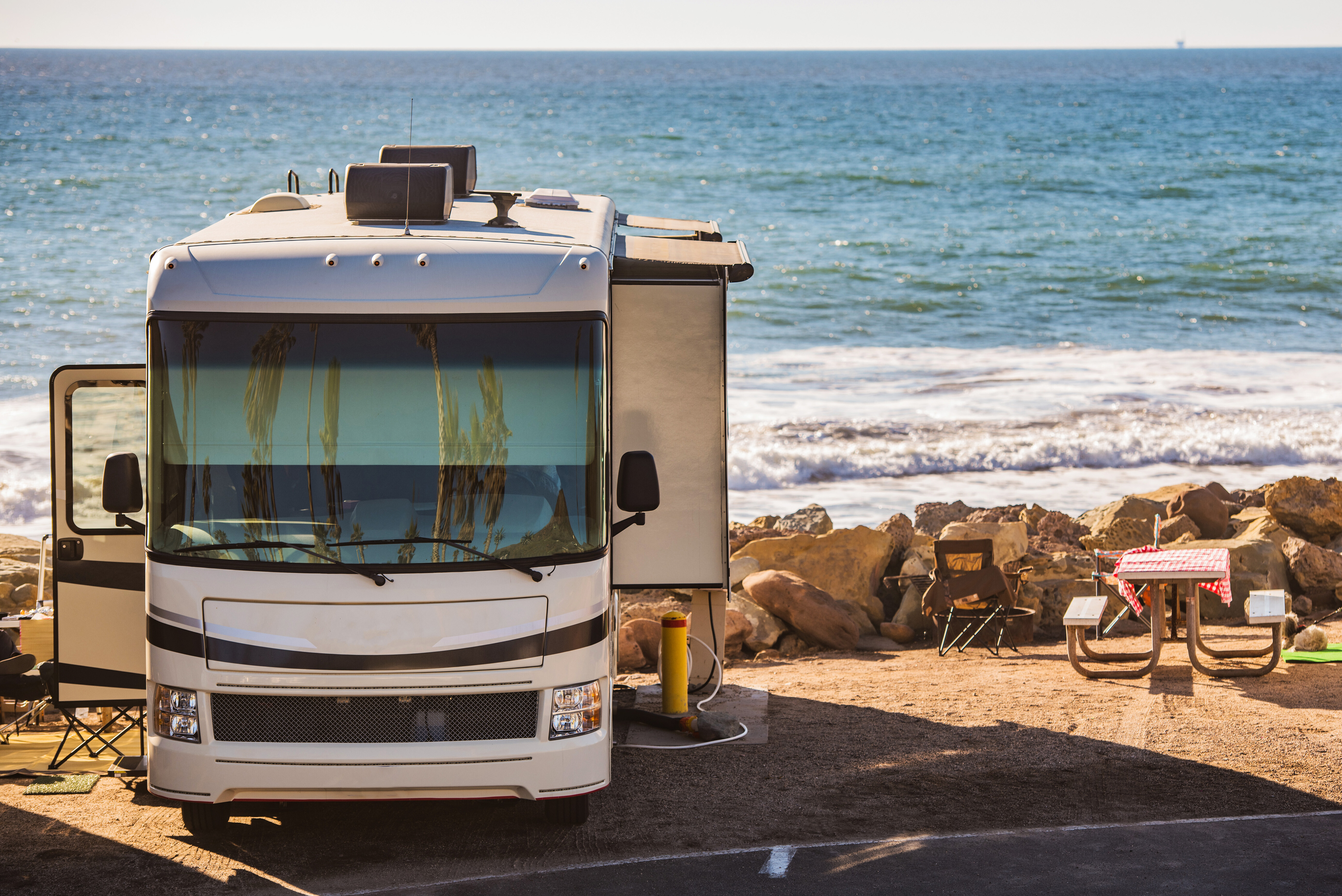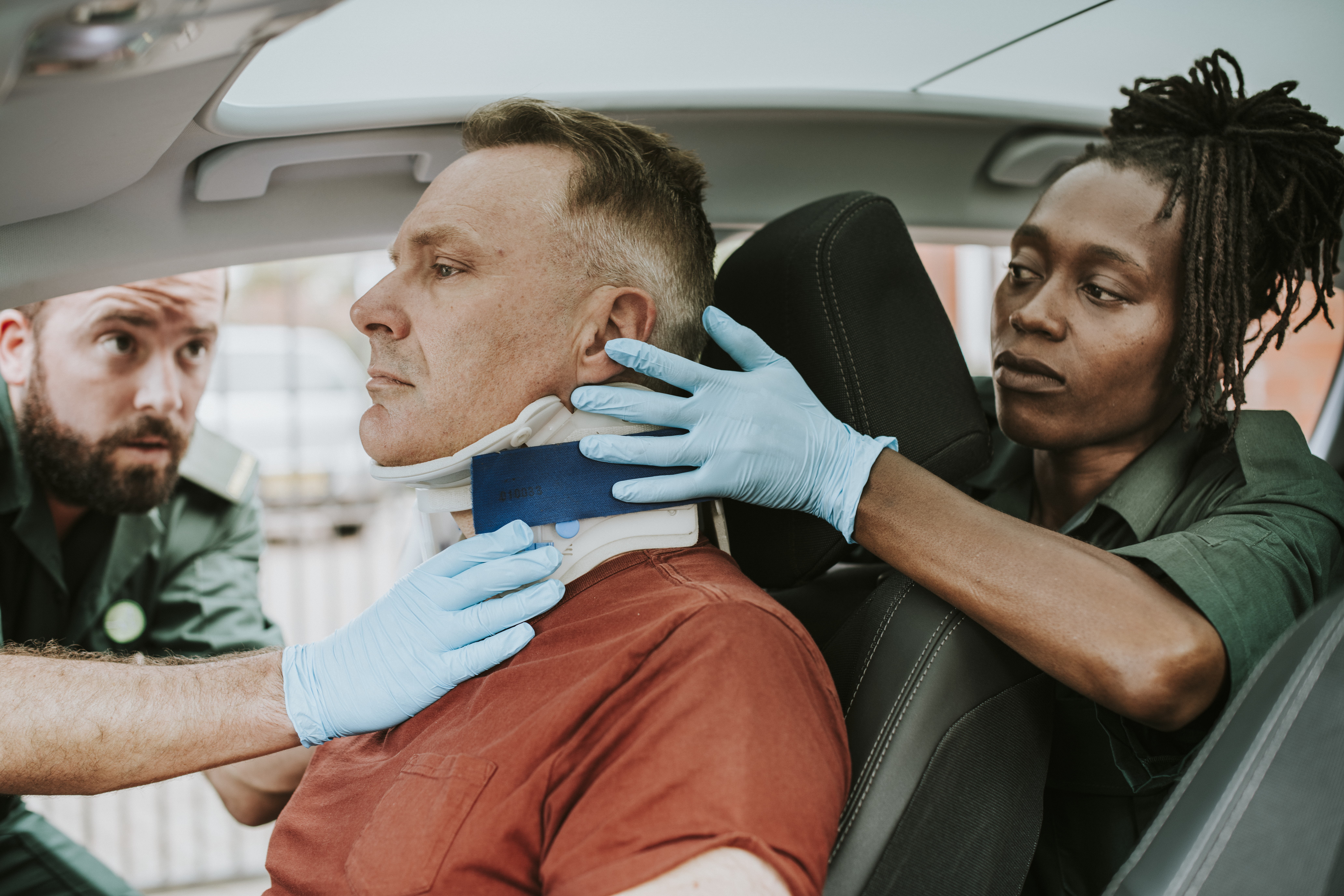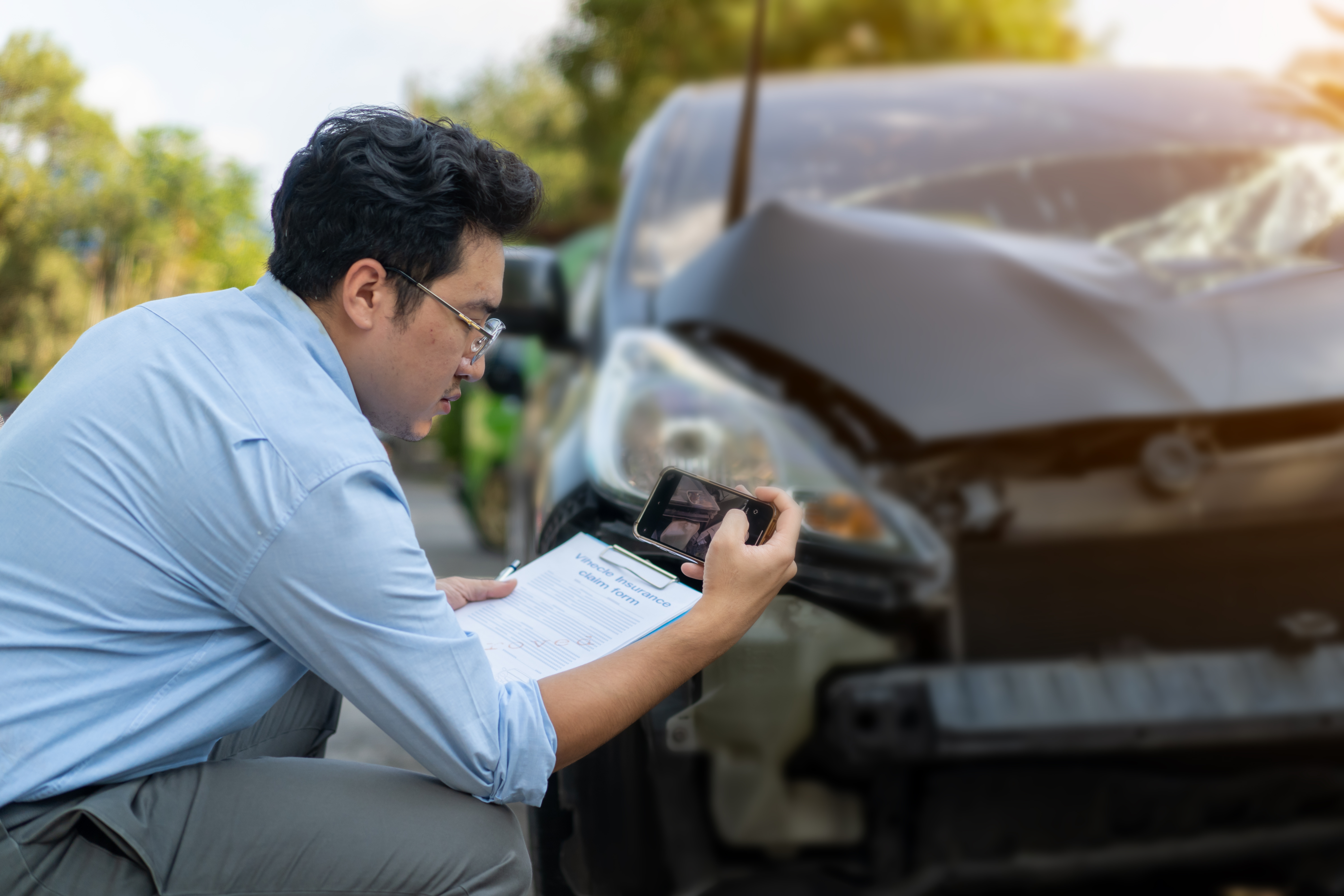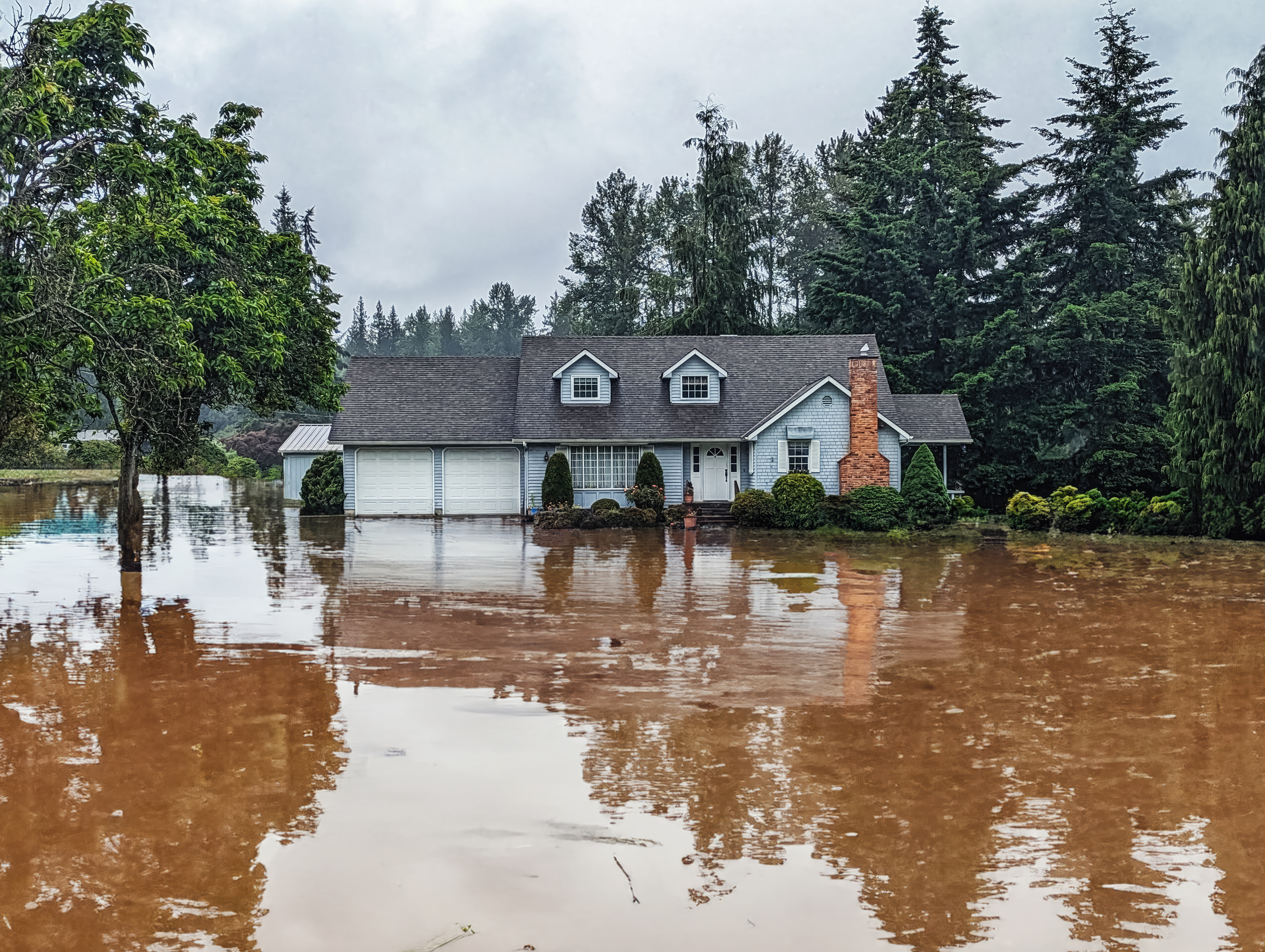Living in an RV full-time can be an exhilarating experience, offering freedom and the open road as your backyard. However, this lifestyle comes with its own set of insurance needs that differ significantly from traditional homeowners or auto insurance. Here’s a comprehensive look at the types of insurance you need when living in an RV full-time.
1. RV Insurance
While standard auto insurance might suffice for occasional RV use, full-time RV dwellers need specialized RV insurance. This type of policy is designed to cover the unique risks associated with living in your vehicle year-round.
Key Coverages:
- Liability Coverage: Protects you if you're responsible for an accident that causes injury or property damage.
- Comprehensive and Collision: Covers damage to your RV from accidents, theft, vandalism, or natural disasters.
- Personal Property Coverage: Since your RV is your home, this covers the loss or damage of your personal belongings inside the RV.
- Full-Timer’s Liability: Similar to homeowners liability, this provides coverage for injuries or property damage that occurs in or around your RV.
2. Personal Liability Insurance
Personal liability coverage is a necessity for full-time RVers who don’t have a traditional home insurance policy. This coverage protects you in situations where someone might get injured while visiting your RV or if you accidentally cause damage to someone else’s property.
Why You Need It:
- Accidents: Slip-and-fall accidents or other injuries that occur in or around your RV.
- Damage to Property: If your RV setup inadvertently causes damage to someone else’s property, such as parked vehicles or campsite facilities.
3. Additional Living Expenses Coverage
In the event that your RV becomes uninhabitable due to a covered loss, additional living expenses (ALE) coverage can help pay for temporary lodging and other extra costs.
What It Covers:
- Temporary Housing: Hotel stays or rental accommodations while your RV is being repaired or replaced.
- Meals: Costs for meals if your temporary lodging does not include kitchen facilities.
- Transportation: Additional transportation costs incurred due to the loss of use of your RV.
4. Roadside Assistance
Roadside assistance is an invaluable addition to your insurance policy so you’re not left stranded in case of a breakdown.
Services Typically Included:
- Towing: Transporting your RV to the nearest repair facility.
- Flat Tire Assistance: Changing a flat tire on your RV.
- Battery Jump-Start: Assistance with a dead battery.
- Lockout Service: Help if you lock yourself out of your RV.
5. Coverage for Wear and Tear
Some insurance carriers now offer coverage for wear and tear, which can be particularly beneficial for full-time RVers. This coverage helps with the cost of maintaining your RV and keeping it in good working condition.
What It Might Include:
- Routine Maintenance: Costs for regular servicing and inspections.
- Repair Costs: Coverage for parts and labor for wear and tear repairs.
Living in an RV full-time offers an adventurous and flexible lifestyle, but it also requires careful consideration of your insurance needs. Having comprehensive RV insurance, personal liability coverage, additional living expenses coverage, roadside assistance, and possibly wear and tear coverage will provide peace of mind and protection on the road. Before hitting the open road, review your current insurance policies and speak with an insurance professional to tailor a plan that fits your unique lifestyle. Safe travels!





